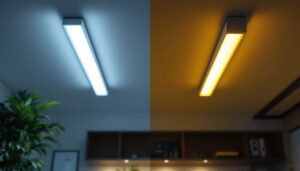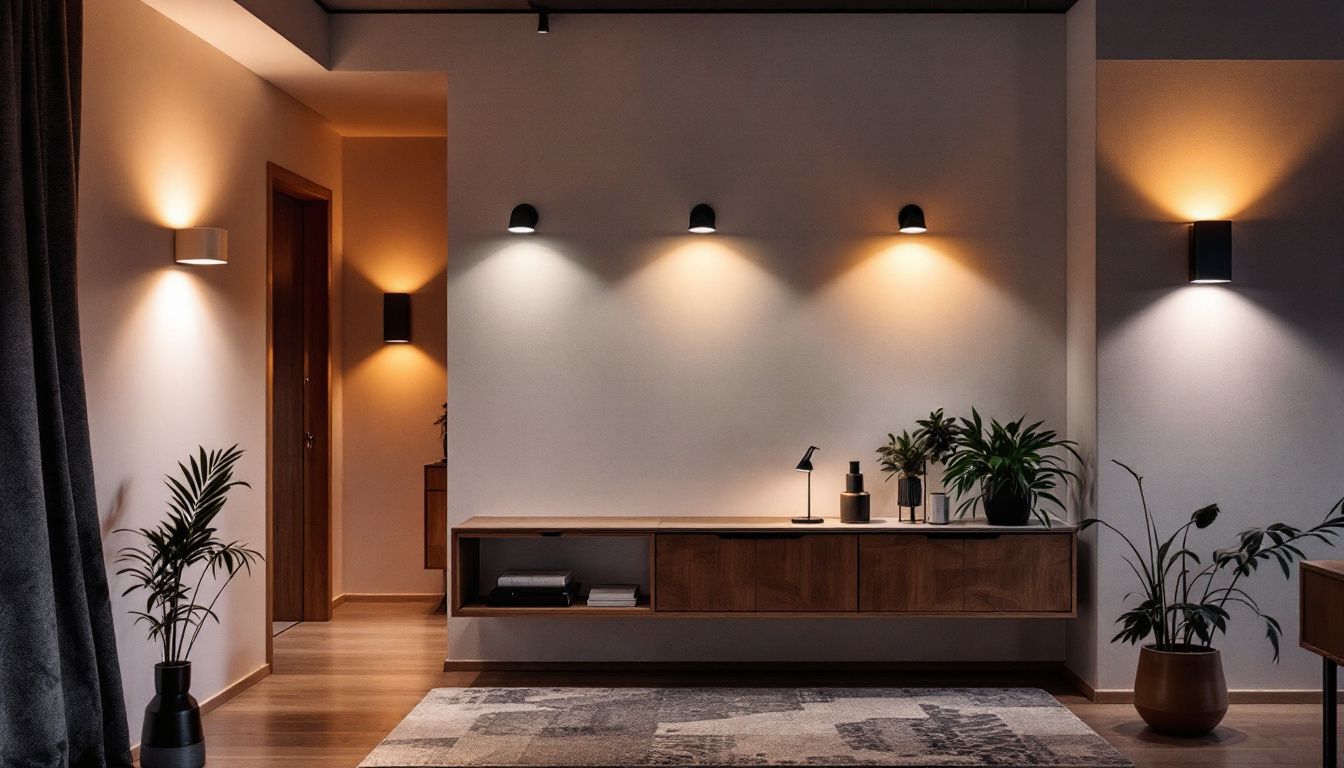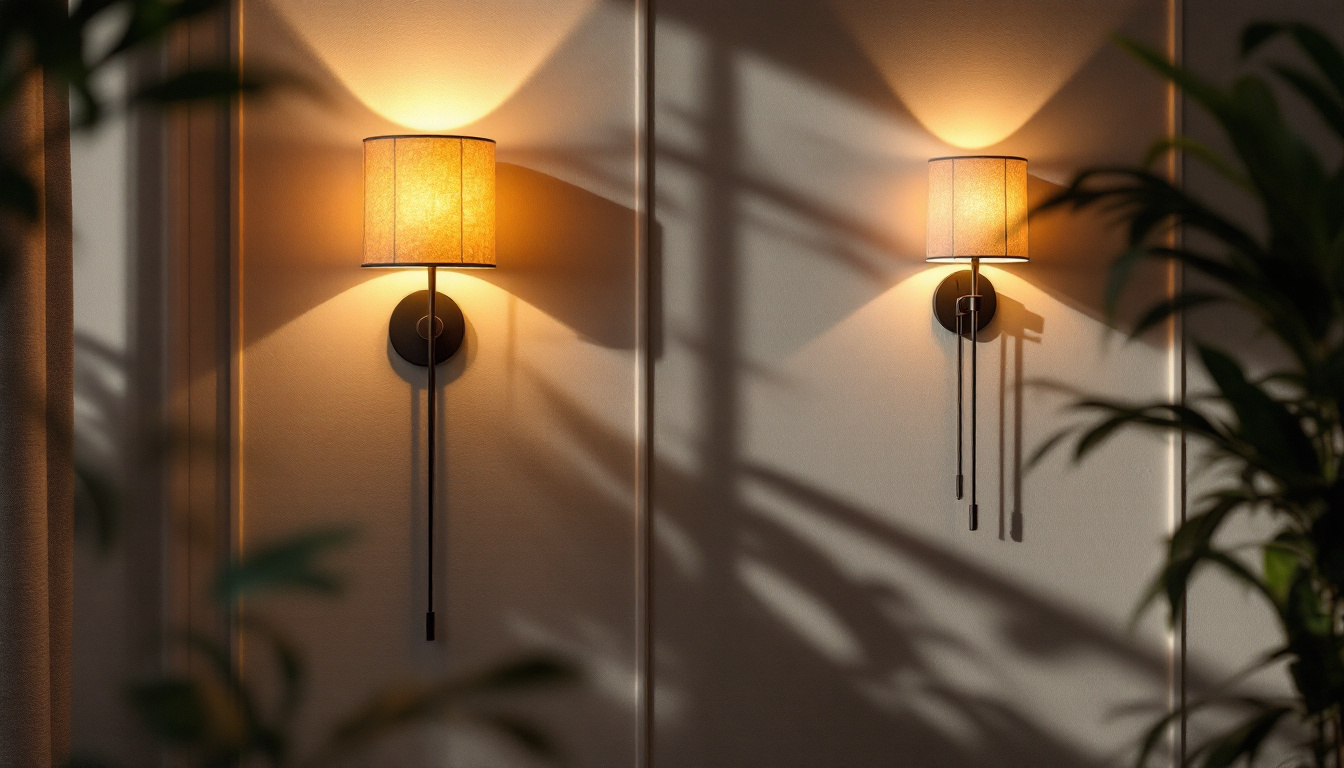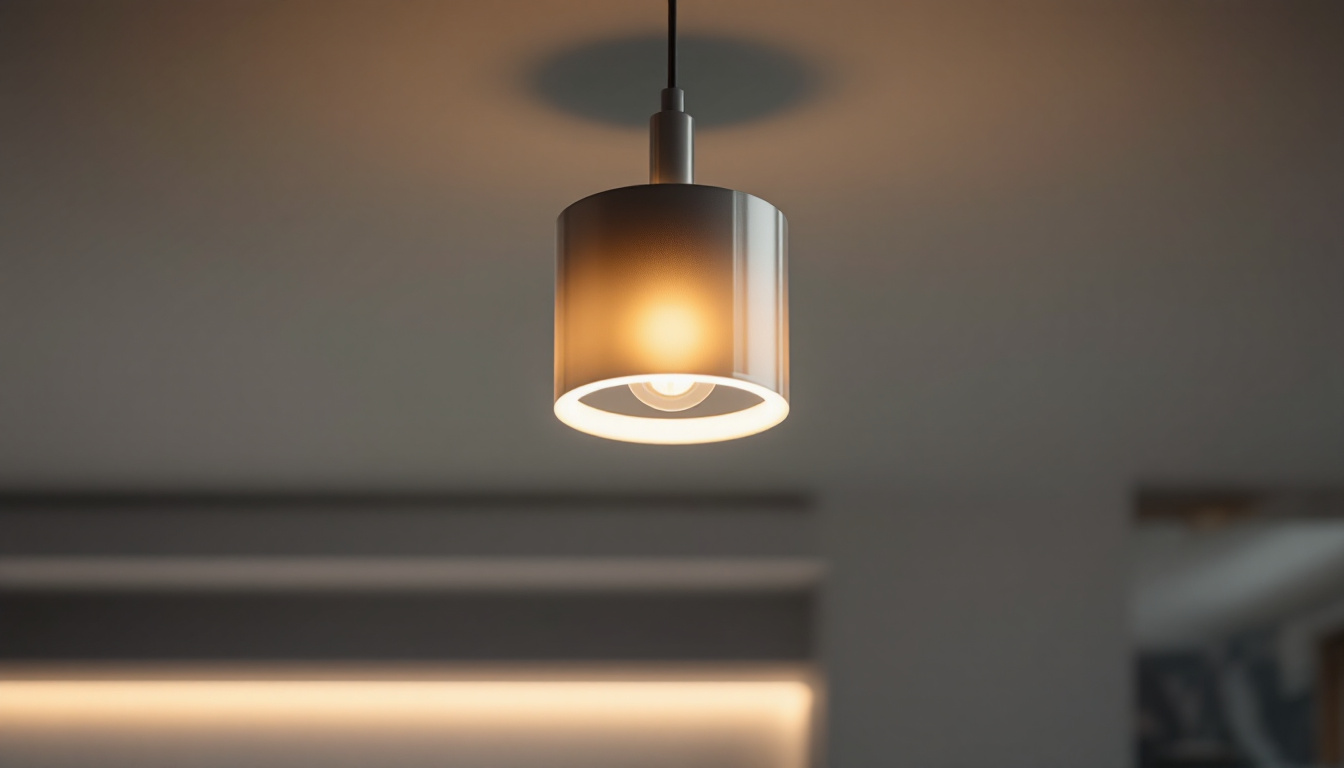

In the ever-evolving world of lighting design, wall-mounted LED fixtures have emerged as a popular choice for both residential and commercial applications. However, despite their growing prevalence, many lighting contractors often overlook critical aspects when specifying and installing these fixtures. This article aims to shed light on the nuances of wall lights LED, ensuring contractors can deliver optimal results for their clients.
Before delving into the common oversights, it’s essential to grasp the fundamental characteristics of LED wall lights. These fixtures are not only energy-efficient but also versatile, available in various designs, wattages, and color temperatures. Understanding these basics enables contractors to make informed decisions that align with their clients’ needs.
One of the primary advantages of LED technology is its energy efficiency. Unlike traditional incandescent bulbs, LEDs consume significantly less power while providing the same level of brightness. This efficiency translates into lower electricity bills for clients and a reduced carbon footprint. Additionally, LED fixtures boast a longer lifespan, often lasting up to 25,000 hours or more. This longevity means less frequent replacements, which is a selling point for both residential and commercial clients. Furthermore, the reduced heat output of LEDs minimizes the risk of overheating, making them a safer choice for enclosed spaces or areas with limited ventilation.
LED wall lights come in a plethora of styles, from sleek modern designs to more traditional aesthetics. This versatility allows contractors to cater to diverse architectural styles and client preferences. Whether illuminating a cozy living room or a grand hallway, there’s an LED wall light to suit every need. Understanding the design options available can significantly enhance a contractor’s ability to meet client expectations. Beyond mere aesthetics, many LED wall lights also offer adjustable features such as dimming capabilities and color-changing options, allowing homeowners to customize their lighting ambiance for various occasions. This adaptability not only enhances the functionality of the space but also contributes to creating a unique atmosphere that reflects the homeowner’s personality.
When it comes to installing LED wall lights, there are several important factors to consider. Proper placement is crucial to maximize both the aesthetic appeal and functional effectiveness of the lighting. For instance, positioning lights at eye level can create a warm and inviting atmosphere, while higher placements may be better suited for accentuating architectural features. Additionally, contractors should be aware of the electrical requirements and ensure that the existing wiring can support the new fixtures. This attention to detail not only ensures a seamless installation but also enhances the overall safety and performance of the lighting system.
Despite the advantages of LED wall lights, contractors often make critical mistakes during the specification phase. These oversights can lead to suboptimal lighting solutions that fail to meet the client’s needs.
Color temperature is a crucial factor that can dramatically affect the ambiance of a space. Many contractors overlook the importance of selecting the appropriate color temperature for LED wall lights. Typically measured in Kelvin (K), color temperatures range from warm (around 2700K) to cool (above 5000K). A warm light creates a cozy atmosphere, ideal for residential settings, while cooler tones are often preferred in commercial spaces for a more energetic feel. Failing to consider this can result in a lighting scheme that feels disjointed or uninviting. Additionally, the psychological effects of color temperature should not be underestimated; warmer lights can promote relaxation and comfort, making them suitable for bedrooms and living areas, while cooler lights can enhance alertness and productivity, making them ideal for offices and study areas.
Dimming capabilities are another aspect that is frequently overlooked. Many clients desire the ability to adjust lighting levels for different activities or moods. However, not all LED wall lights are compatible with dimmer switches. Contractors should ensure that the chosen fixtures are dimmable and that the dimming system is compatible with the LED technology. This consideration enhances the overall functionality and user experience of the lighting system. Moreover, integrating smart lighting solutions can further elevate the versatility of LED wall lights, allowing users to control brightness and color temperature remotely through mobile applications or voice commands, thus adapting the lighting to various scenarios effortlessly.
Proper placement of wall lights is essential for achieving the desired lighting effect. Contractors sometimes neglect to consider the height and spacing of fixtures, which can lead to uneven illumination or shadows. For instance, wall lights installed too high may not provide adequate task lighting, while those placed too low can create glare. Thoughtful planning during the design phase can prevent these issues and ensure a well-lit environment. Additionally, the architectural features of the space should be taken into account; for example, wall lights can be strategically placed to highlight artwork or architectural details, creating focal points that enhance the overall aesthetic of the room. This not only improves functionality but also adds a layer of sophistication to the design, making the space more visually appealing and inviting.
Once the specification phase is complete, the focus shifts to installation. However, even at this stage, contractors can overlook important details that impact the performance and longevity of LED wall lights.
LED wall lights often require specific electrical configurations to function optimally. Contractors should verify that the existing wiring is compatible with the chosen fixtures. This includes checking for the correct voltage and ensuring that the circuit can handle the load. Failing to address these electrical requirements can lead to flickering lights or, in the worst-case scenario, fixture failure.
In addition to voltage compatibility, contractors should also consider the type of dimming systems in use. Many LED fixtures are designed to work with specific dimmers, and using an incompatible dimmer can result in poor performance or even damage to the lights. It’s advisable to consult the manufacturer’s specifications for recommended dimming options and to test the system thoroughly before finalizing the installation.
While LEDs generate less heat than traditional bulbs, they still produce some heat that needs to be managed effectively. Contractors often overlook the importance of proper ventilation around LED fixtures. Inadequate heat dissipation can shorten the lifespan of the LED components and affect performance. Ensuring that fixtures are installed in well-ventilated areas can help mitigate these risks.
Moreover, the placement of the fixtures plays a crucial role in heat management. Installing LED wall lights too close to heat-sensitive materials or in enclosed spaces without airflow can exacerbate heat retention issues. Contractors should assess the surrounding environment and consider using heat sinks or other thermal management solutions to further enhance the longevity and efficiency of the lighting system. This proactive approach not only protects the fixtures but also ensures consistent lighting quality over time.
Even after installation, there are several aspects that contractors should monitor to ensure the long-term success of LED wall lights.
Education is a critical component that is often neglected. Once the installation is complete, contractors should take the time to educate clients on the operation and maintenance of their new lighting system. This includes explaining how to use dimmer switches, the importance of using compatible bulbs, and how to clean fixtures properly. Providing this information can enhance client satisfaction and reduce the likelihood of issues arising in the future.
While LEDs are known for their longevity, regular maintenance checks are still essential. Contractors should advise clients on the importance of periodic inspections to ensure the fixtures are functioning correctly and to clean any dust or debris that may accumulate. This proactive approach can help maintain the aesthetic appeal and performance of the lighting system over time.
The landscape of LED wall lighting is continually evolving, with new trends emerging that can influence contractor decisions. Staying informed about these trends can help contractors provide cutting-edge solutions to their clients.
Smart lighting technology is becoming increasingly popular, allowing users to control their lighting through smartphones or voice-activated devices. Contractors should consider recommending LED wall lights that are compatible with smart home systems. This integration not only enhances convenience but also allows for greater customization of lighting settings, catering to the modern homeowner’s needs.
Another trend is the integration of LED wall lights into architectural features. This includes recessed lighting or fixtures that blend seamlessly with the surrounding décor. Contractors who can offer solutions that enhance the architectural elements of a space will stand out in a competitive market. Understanding how to incorporate lighting into the overall design can elevate the aesthetic appeal of any project.
In conclusion, while LED wall lights offer numerous benefits, lighting contractors must be diligent in their approach to specification, installation, and post-installation care. By addressing common oversights related to color temperature, dimming capabilities, fixture placement, electrical compatibility, and client education, contractors can deliver superior lighting solutions that meet and exceed client expectations.
Furthermore, staying abreast of trends such as smart lighting integration and architectural features will position contractors as leaders in the industry. By prioritizing these aspects, lighting professionals can ensure that their projects not only illuminate spaces effectively but also enhance the overall aesthetic and functionality of the environments they serve.
Ultimately, a comprehensive understanding of LED wall lights and a commitment to excellence will lead to satisfied clients and successful projects, solidifying a contractor’s reputation in the competitive lighting market.
Don’t let common oversights dim the potential of your lighting projects. At LumenWholesale, we provide lighting contractors with the superior, spec-grade LED wall lights you need to outshine the competition. With our unbeatable wholesale prices and commitment to quality, you can access a vast selection of lighting products that meet the highest industry standards. Say goodbye to inflated markups and hello to hassle-free bulk buying with free shipping. Elevate your lighting solutions and enhance every environment with reliability and style. Make the smart choice for your business and discover wholesale lighting at the best value today.

Discover the essential insights lighting contractors need to know about outdoor solar lights.

Discover how a High Bay Lighting Layout Calculator can revolutionize your lighting projects by enhancing efficiency and precision.

Discover expert insights on choosing and installing sconce lights with ease.

Discover essential insights into cylinder lights with our comprehensive guide tailored for lighting contractors.
Get notified when NEW deals are released.
Optimize your budget with wholesale discounts.
Only top-quality, specification-grade lighting products.
No additional costs at checkout - what you see is what you pay.
We understand the unique needs of contractors.